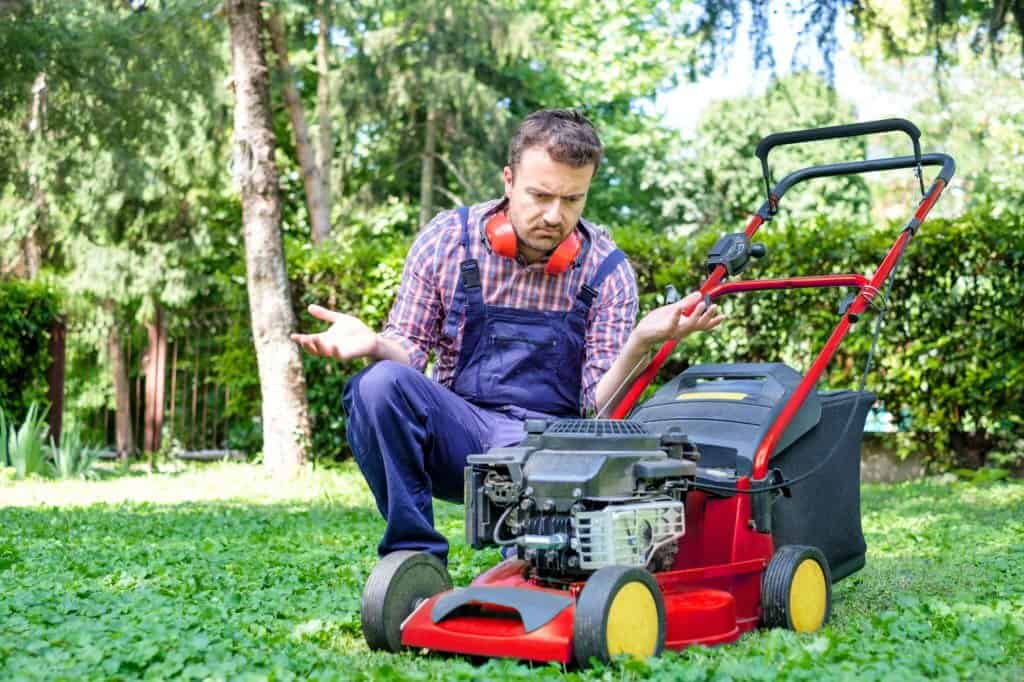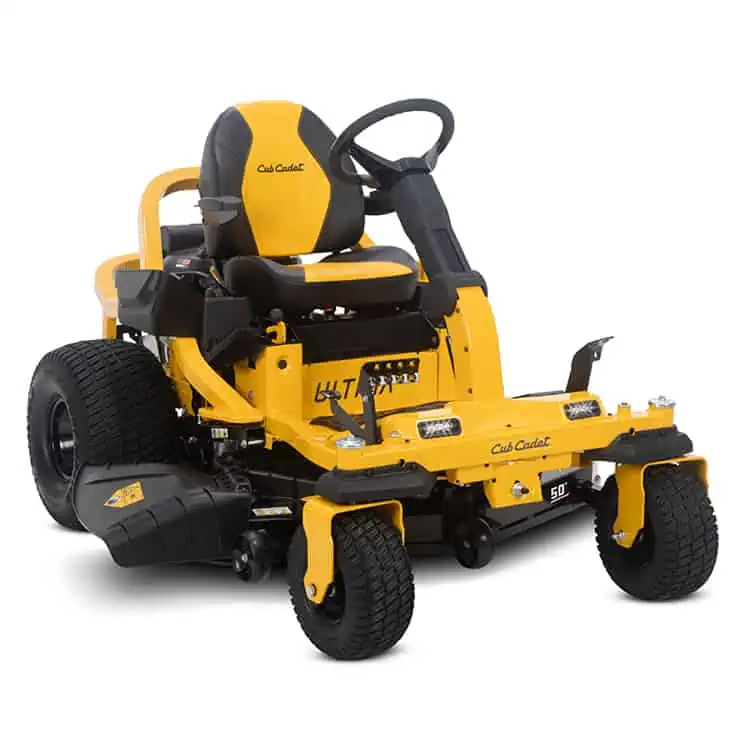Lawnmower Takes Many Pulls to Start: Common Causes and Fixes
A lawnmower is a valuable tool for maintaining a tidy lawn; however, it can be frustrating when it’s challenging to start. Your lawnmower can need help starting for various reasons, including a dirty carburetor, a bad spark plug, a clogged fuel filter, a dirty air filter, old or stale fuel, and a broken starter.
In this article, some of these typical causes will be more thoroughly discussed, along with suggestions for addressing the issue. You can ensure that your lawnmower starts smoothly and fast every time you need it by knowing why it takes a lot of pulls to start and how to fix them.
Why Does Lawnmower Take Many Pulls to Start?
Some of the causes of this problem and the steps you can take to fix them are as follows:
1. The Carburetor
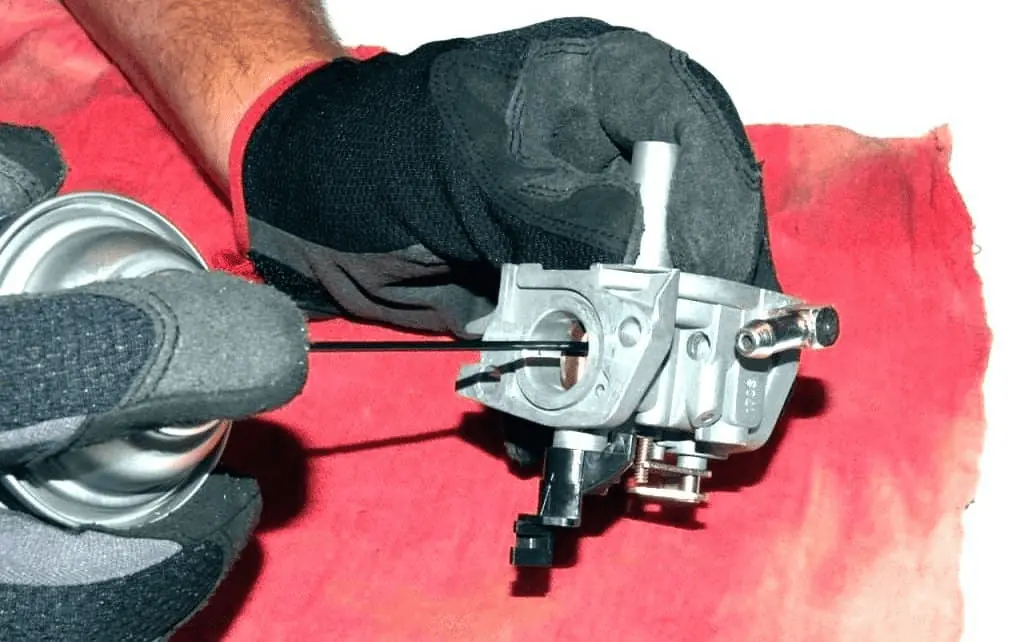
One of the most frequent reasons a lawnmower requires several pulls to start is a result of a dirty or clogged carburetor.
The carburetor is in charge of blending the air and gasoline that enter the engine; therefore, it can become clogged with debris, old fuel, and dirt over time, making it incapable of performing as intended. Due to this, the engine will struggle to start or stall out when it does.
You can resolve this problem by cleaning the carburetor. Remove the air filter first, then spray the carburetor’s throat with a cleaner. Let the cleaner sit for a while before starting the engine, and any obstructions in the carburetor that may be dissolvable with this will assist. Also, the carburetor might need to be replaced if cleaning it doesn’t work.
2. The Spark Plugs
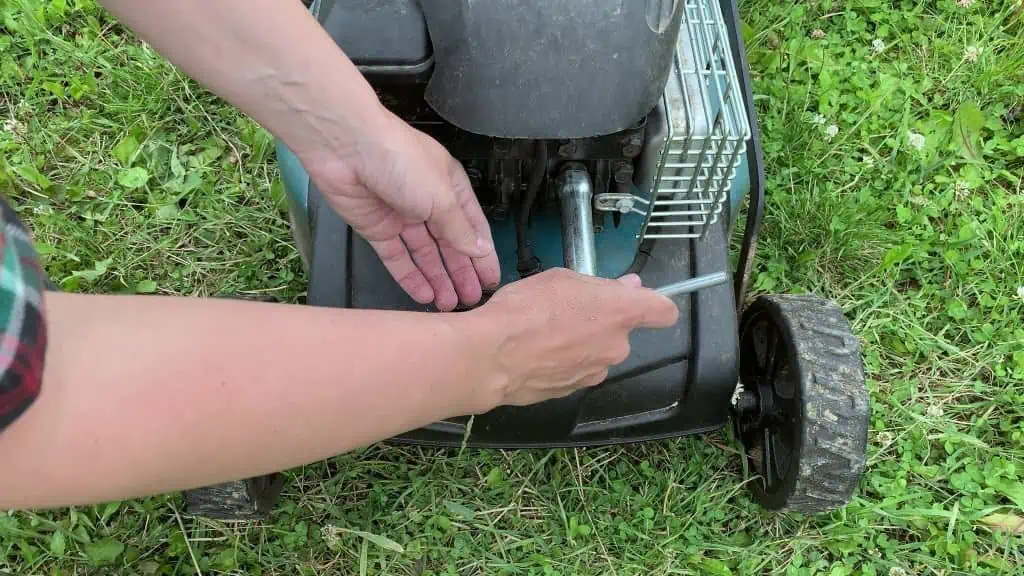
A malfunctioning spark plug is another typical reason why starting a lawn mower requires several attempts. The spark plug is in charge of creating the engine’s fuel. Also, it may only function properly over time if it becomes dusty, contaminated, or worn.
You can take out the spark plug to check for wear or fouling as a possible solution. Using a wire brush to clean a filthy or fouled spark plug and re-gap it following the manufacturer’s instructions. If worn out or damaged, you must change the spark plug with a new one.
3. The Fuel Filter
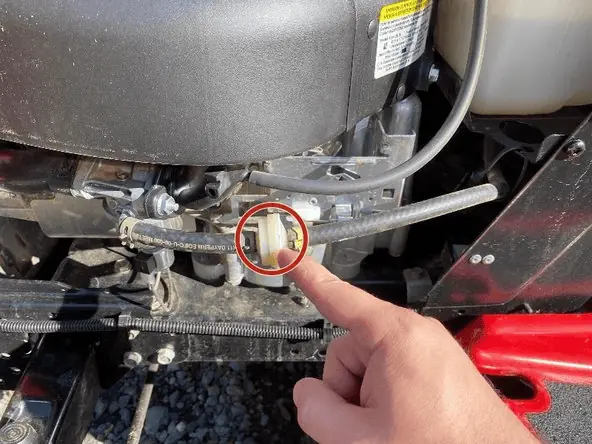
Due to a clogged fuel filter, a lawnmower will also require many pulls to start. The fuel is cleaned of dirt and debris by the fuel filter, and the gasoline filter can accumulate dirt over time and get blocked, obstructing the free flow of fuel.
You can swap out the gasoline filter to resolve this issue. Locate your lawnmower’s fuel filter first, which is situated next to the gasoline tank. Once the fuel filter has been discovered, use a pair of pliers to remove the old filter and install the new one.
4. The Air Filter
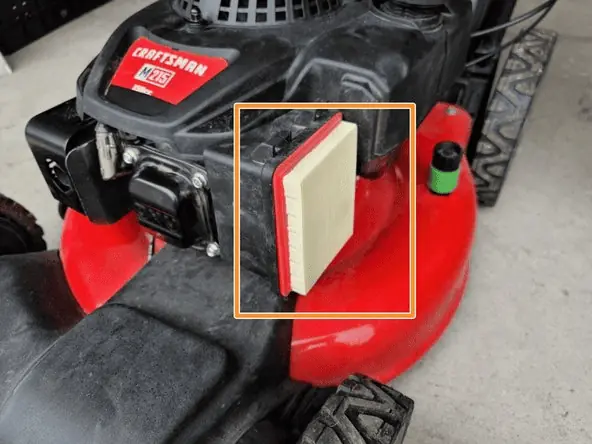
A lawnmower that needs several pulls to start can also have a filthy or clogged air filter. The air filter removes dirt and debris from the air before the air enters the engine. Dirt buildup in the air filter over time might prevent air from quickly entering the engine.
The air filter can be changed to resolve this issue by finding the air filter on your lawnmower first. It is located close to the carburetor. Once you’ve found the air filter, remove it and put a fresh one in its place.
5. The Fuel
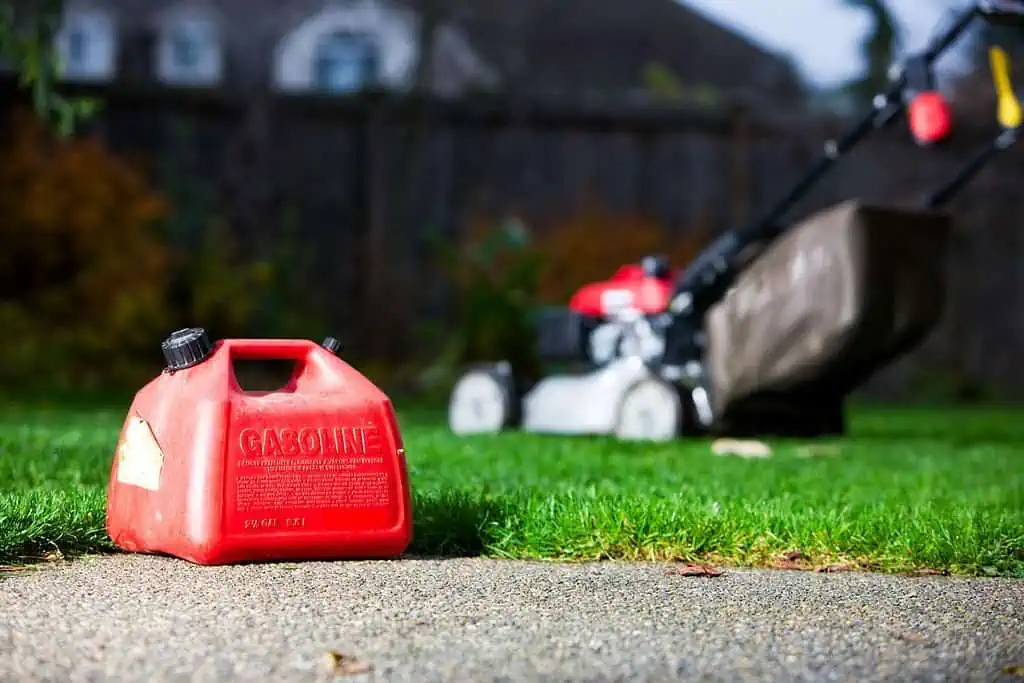
If the fuel is old or stale, a lawnmower can require many pulls to start. The fuel can begin to degrade and lose potency if it has been sitting in the tank for a while. As a result, the engine may have trouble starting or stalling after it does.
You can drain the old fuel from the tank and add new fuel to solve this issue. You can also add a fuel stabilizer to keep the fuel fresh for extended periods.
Maintaining Your Lawnmower
Regular maintenance is required for your Lawnmower to remain functional and survive for many years. Expensive repairs and replacements can be avoided with regular maintenance. Here are some pointers for keeping up with your lawnmower:
Clean the Deck
Ensure to wipe the lawnmower’s deck after each use. Under the deck, debris like grass clippings can accumulate and jam the blade, making cutting difficult. Remove any buildup with a hose or a scraper.
Check the Oil
Check the oil level in your lawnmower regularly. An engine that has low oil levels may overheat and seize. Consult the owner’s manual for information on the proper oil type and level. The oil should be changed each season or after 50 hours of use.
Replace the Air Filter
By limiting airflow to the engine, a filthy air filter can make the engine work harder and use more fuel. Change the air filter every season or as instructed in the owner’s manual.
Sharpen the Blade
In place of cutting the grass, a dull blade might tear it, leaving your lawn looking ragged. If you have a big lawn, you should sharpen the blade more frequently than once a season. The blade can be sharpened either by you or a professional.
Check the Spark Plug
The spark plug ignites the engine’s fuel, so maintaining it properly is crucial. Check the spark plug for wear or damage after removing it. Replace the spark plug every season or as the owner’s manual instructs.
Drain the Fuel
Drain the fuel tank and run the lawnmower’s engine until it runs out of gas if you don’t use it for a while, such as over the winter. Doing this can stop the fuel from spoiling and creating issues when you restart the engine.
Store Properly
When not in use, keep your lawnmower in a dry, protected space, like a garage or shed. Cover it with a tarp to shield it from dirt and other objects. Be careful to unplug the spark plug wire to prevent unintentional starting.
Following these maintenance tips, you can keep your lawnmower in top condition and enjoy a healthy, lush lawn all season.
Conclusion
Homeowners or gardeners will find it frustrating when a lawnmower requires several pushes to start. A lawnmower may be challenging for several reasons, such as stale fuel, a filthy air filter, a broken spark plug, or a clogged carburetor. These problems can be avoided with regular maintenance and care, which will also guarantee that your lawnmower operates smoothly.
If your lawnmower is having trouble starting, it is crucial to identify the issue and take immediate action. Ignoring the situation can eventually result in more severe problems and expensive fixes. Your lawnmower’s lifespan can be increased by repairing and caring for it properly, which will ultimately save you time and money.
Now that you know this, remember to maintain your lawnmower according to the manufacturer’s recommendations.
Get professional assistance if you need help locating or fixing the problem. If you give it the proper care and attention, your lawnmower can continue to provide you with a tidy lawn for years to come.

